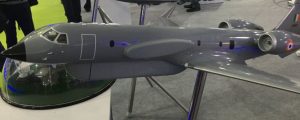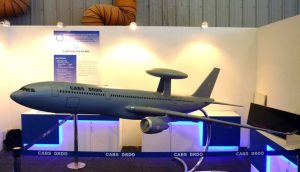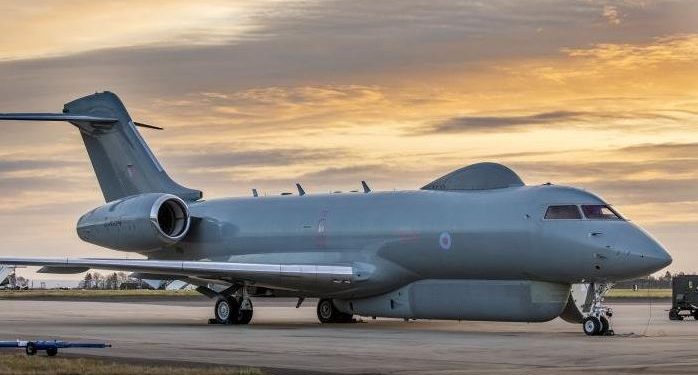It is an indubitable fact that intelligence, surveillance, target acquisition, and reconnaissance (ISTAR) platforms have evolved as an essential part of air forces across the world. These specialised aircraft are built to attain high-value objectives, which make them game changers in determining outcomes in modern-day warfare.
In 2022, Air Chief Marshal Vivek Ram Chaudhari, at an event said that the Indian Air Force is actively pursuing the acquisition of state-of-the-art platforms, like ISTAR as part of modernisation.
These platforms are very important for an airforce like IAF to carry out a large range of operations in challenging circumstances such as operation in Balakot, where airborne intelligence assistance could actually give IAF an edge over its adversaries. IAF in fact had first pushed the proposal right after the Balakot strike in 2019 and during the 13th edition of Aero India, Bengaluru in 2021 put a concept model of ISTAR on display.

The IAF was looking to acquire five ISTAR aircrafts. As per the initial proposal, these ISTAR platforms were to be developed in collaboration with American defence giant, RTX Corporation. The first two aircrafts were supposed to be built in the US, and the remaining were subsequently to be built in India. However, there is no update available on its progress since 2022.
The platform was expected to be equipped with an Electro-optical/infra-red (EO/IR) system for surveillance which would enable it for performing electronic intelligence (ELINT) as well as signal intelligence (SIGINT) operations. The platform will be operating on onboard Active Electronically Scanned Array (AESA) radar with Synthetic Aperture Radar (SAR) and Inverse-synthetic Aperture Radar (ISAR) modes for ground mapping purposes, along with ground moving target indication (GMTI).
According to some reports, the IAF is planning to procure three Bombardier Global 6000 jets, which are being speculated to be modified into ISTAR platform. DRDO’s Centre for Airborne System (CABS), which is already working on Airborne Warning And Control System (AWACS) platforms, is expected to do the modifications for the ISTAR as well. The ISTAR aircraft will be capable of sharing on-time data and information with both the ground command stations and combat platforms via data link regarding any ground or airborne threats.

However, it would not be an exaggeration to say that ISTAR is an advanced and complex aircraft, and will take reasonable time and expertise if developed indigenously. The option to build the platform in collaboration with domain experts like RTX Corporation (formerly known as Raytheon) is available, who in the past had developed Sentinel R1 for the Royal Navy for a similar role.
Though there is no update on the development of the ISTAR platforms, but it is a positive sign that IAF is serious about it. For the Indian Air Force, ISTAR aircrafts are as important as AWACS, which could play a pivotal role in keeping it ahead of adversaries in network-centric operations.
PNN & Agencies






































